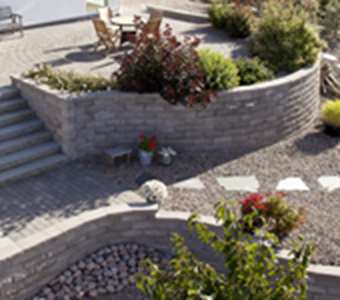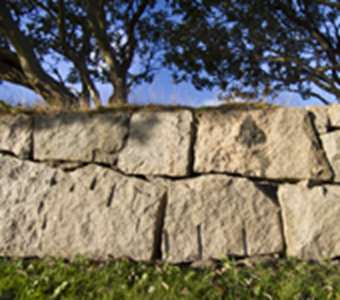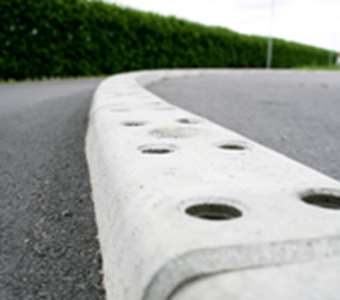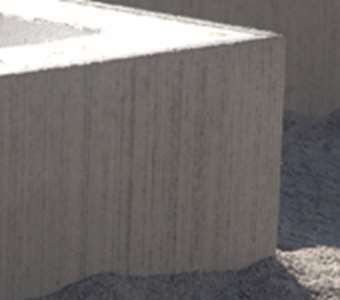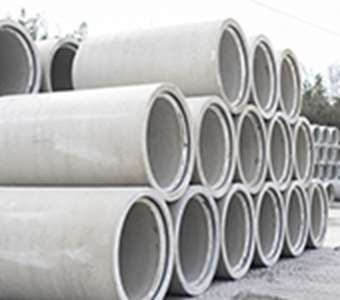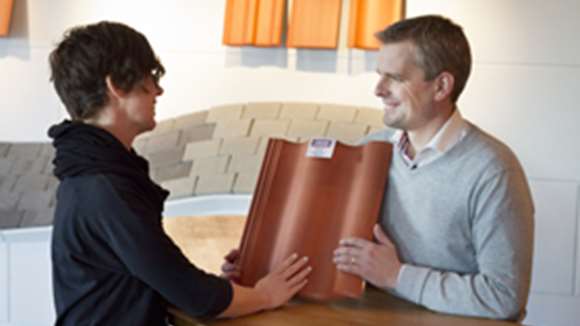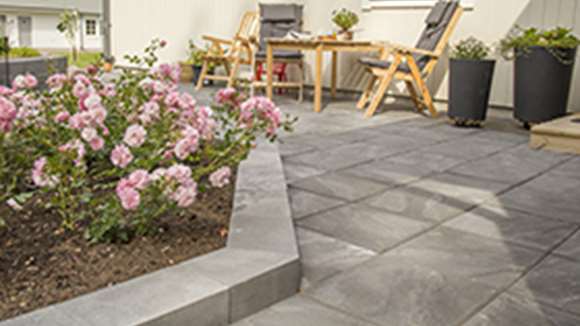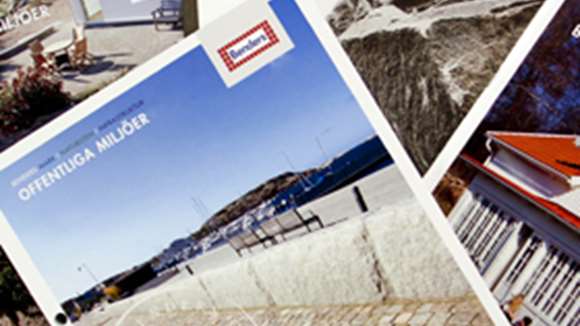Roof tiles – The optimum concrete product for taking carbon dioxide back from the air (carbonatation).
One aspect of carbonatation is the concrete in buildings and infrastructure taking up carbon dioxide directly from the air and storing it permanently. This is not a new phenomenon. It is a natural, ever ongoing process in concrete structures.
Concrete comprises cement, water, sand, stone and gravel. Cement is made from limestone and is the binder in concrete. Thus, cement is essential for concrete. The challenge with cement is that its manufacture involves major carbon dioxide emissions. Around 60 percent of these are “process emissions” given off by the limestone itself during heating. Around 40 percent come from the fuel used to heat the kilns.
Carbonatation is limestone’s natural process for “taking back” the carbon dioxide it gives off in the manufacture of cement. Thus, when cement is used as the binder in concrete, the concrete takes carbon dioxide up from the air throughout its service life – the cement carbonatates.
Source: https://www.cementa.se/sv/karbonatisering-vad-ar-det
Some products carbonatate more than others
Roof tiles have the optimal shape and location for carbonatation to have maximum effect. Because roof tiles are so thin and are in contact with air on all sides, carbonatation takes place throughout the concrete. Consequently, each roof tile becomes fully carbonatated in its service life. For a roof tile, this equates to around 50% of the emissions generated in making the cement for said tile.















